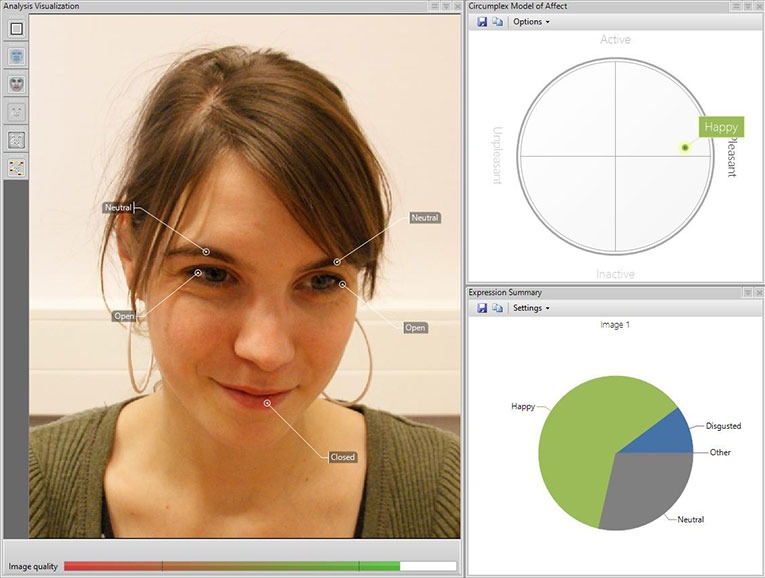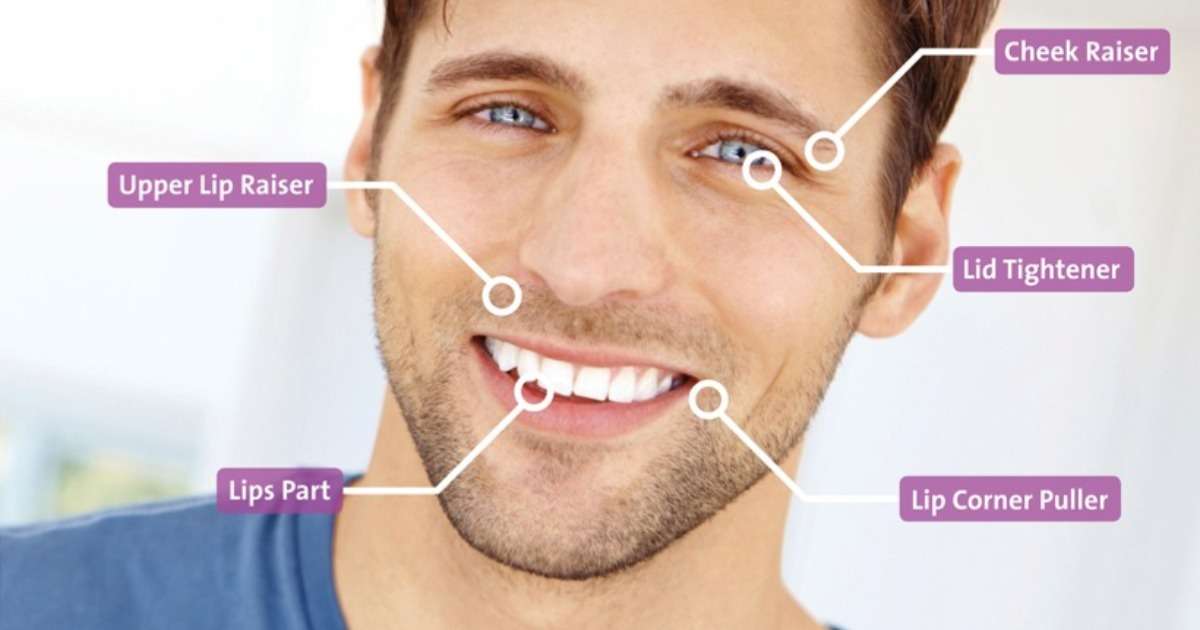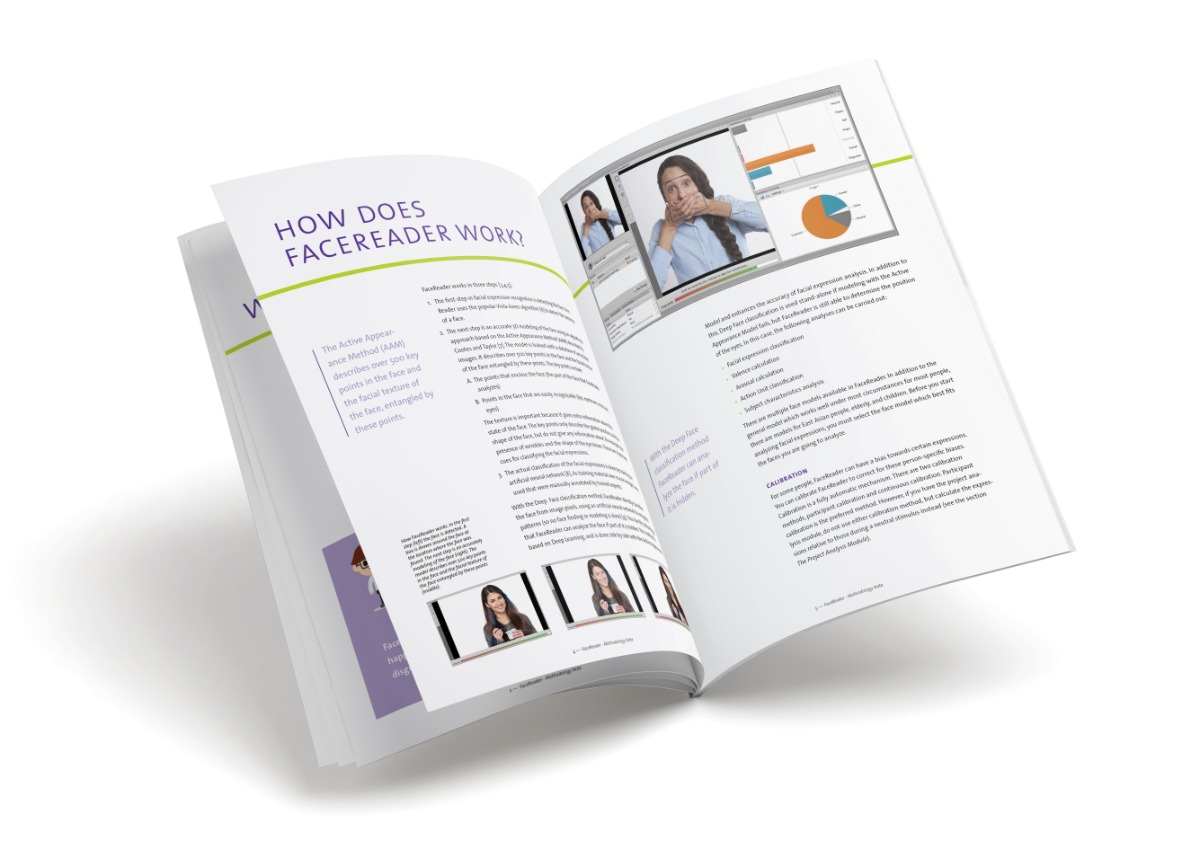
Emotions distract people with eating disorders
It happens to me sometimes: standing on the bathroom scale, looking at the numbers that appear, and thinking ‘oh no…, you’re kidding me?!’ Weight and the way we look play an important role in our daily lives. We need to look good and feel good. It's quite normal to be insecure about this occasionally.
However, when eating behavior modifies into a disorder, when someone exaggerates in starvation or, in contrast, eats huge amounts of food, which he or she tries to get rid of as soon as possible afterwards, problems arise. In the first case, we speak of anorexia nervosa (AN), in the second case of bulimia nervosa (BN).
The need to be in control of emotions
These eating disorders (ED) are usually accompanied by difficulties in social-emotional communication. Shame plays an important role. Most likely these difficulties contribute to the development and maintenance of disordered eating.
People with AN need to be in control, feeling emotions distracts them from this. Therefore, the eating disorder functions as a maladaptive emotion regulation strategy, numbing the expression of emotions, which leads to social isolation and family conflicts.
The advantage of automated facial expression recognition
Studies show that people with AN have reduced facial expressivity of emotions while viewing emotionally provoking stimuli. Most of the studies in eating disorders have examined emotion expression utilizing manual coding systems, such as the Facial Expression Coding System.
However, such manual coding methods require extensive training, are labor-intensive, time consuming, and potentially problematic for interrater reliability. The use of more physiological techniques such as facial electromyography, on the other hand, can be obstructive as it requires electrodes to be placed on the participant’s skin.
Using computerized automated facial expression recognition software that classifies facial expressions from still images and video and provides information about the intensity of the emotion expressed, can be methodologically and ecologically more sound and robust.
Do people with eating disorders show less facial affect?
The aim of the current study was to pool together data from previous studies, as well as new and unpublished data, in order to create a large dataset relating to emotion expression in people with ED across the diagnostic spectrum and stage of recovery.
The researchers hypothesized that people with ED would display less facial affect while viewing emotionally provoking stimuli compared to healthy control participants and people recovered from AN.
Happiness and sadness
297 female participants, of which 100 were diagnosed with AN, 33 with BN, 38 recovered from AN, and 126 were part of the healthy control group (HC), completed a self-report questionnaire and a film task. The Eating Disorders Examination Questionnaire (EDEQ), provided an assessment of restraint, eating concern, weight concern, and shape concern over the past 28 days.
During the film task participants were presented with two video clips. They were recorded while they watched these. The first video clip (film 1) featured a humorous scene from the film ‘Four weddings and a funeral’ and was used to evoke positive emotions. The second video clip (film 2) featured a sad scene from the film ‘Shadowlands’ and was used to evoke negative emotions, particularly sadness.

The recordings were analyzed with FaceReader and pooled from datasets of previously published studies. Unpublished data from these studies was also included. The researchers focused on emotions the film clips were designed to elicit, happiness and sadness.
Indeed, people with anorexia nervosa express less happiness
The findings revealed that all participants expressed significantly more happiness in response to film 1 than film 2. Pairwise comparison revealed that HC participants expressed significantly more happiness than AN participants during film 1.
Similarly, the recovered participants expressed significantly more positive affect than AN participants during film 1. The decrease of positive facial affect of AN participants, may be part of acute illness and possibly exaggerated by starvation. People with AN report greater tendency to rely on emotion avoidance and denying.
All participants expressed more sadness while viewing film 2 than film 1. There were no other significant effects of interactions found. People with BN displayed marginally more positive facial affect than the people with AN, but were not significantly different from the HCs.
Clinical implications
The elevated negative mood and inability to experience pleasure in anything, poor social relationships, and isolation reported by people with ED may be in some way related to reduced facial expressivity. Thus, the present findings highlight the need for interventions that target emotion expression in ED, particularly those aimed at increasing the expression of positive affect.

Reference
Leppanen J.; Dapelo M.M.; Davies H.; Lang K.; Treasure J.; Tchanturia K. (2017) Computerised analysis of facial emotion expression in eating disorders. PLoS ONE 12(6): e0178972. https://doi.org/10.1371/journal.pone.0178972
Get the latest blog posts delivered to your inbox - every 15th of the month
more

How to master automatic Facial Expression Recognition
Many researchers have turned towards using automated facial expression recognition software to better provide an objective assessment of emotions.
How the ability to manage emotions shapes perception of risk
Can our ability to recognize and control our emotions determine how dangerous we perceive certain hazards to be and whether or not we think we are at risk?

